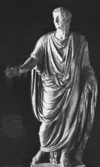
Imperial Roman toga on Tiberius (reigned 14-37) Louvre, Paris, France
This draped style was adopted by the Romans from the Etruscans. The color worn depended on age, class, and special ceremonial events.

A village woman in Madagascar wearing a traditional lamba. The lamba is made of two parts: the lamba oany goes around the body, and the kisaly is draped around the shoulders or head.
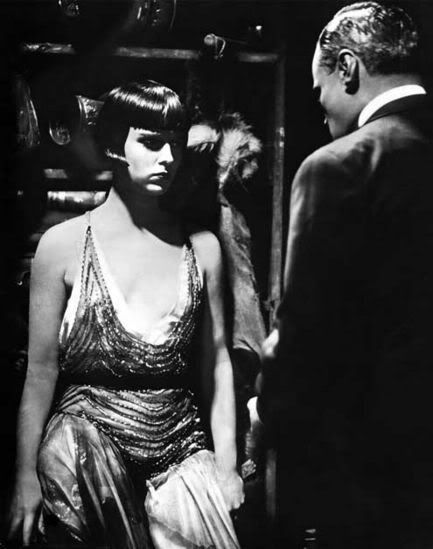
A draped flapper evening gown worn by Louise Brooks in the 1920s film Pandora's Box.
These gowns were beautifully draped in sheer fabric and lots of detailed beading.
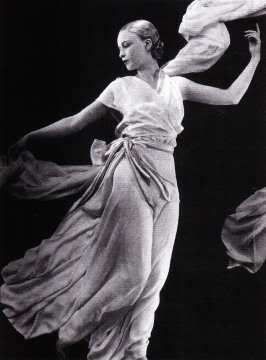
A Madeleine Vionnet creation circa 1930
Madeleine Vionnet was the woman who brought the beauty of Greek & Roman drapery into our culture with her draped evening gowns.

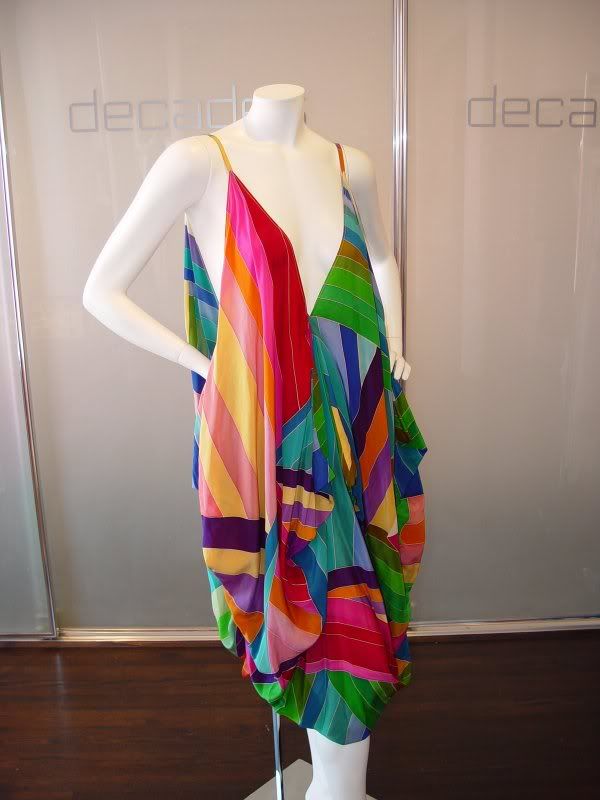
Paco Rabanne Haute Couture multi color gown, 1979
This garment is a wonderful example of the beauty of draping. The bright colors really showcase the decade in which it was created.
~Tailored Garments~
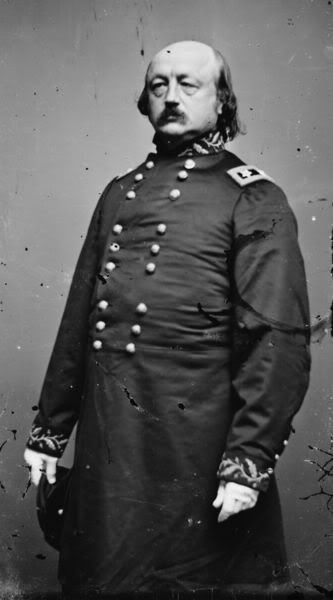
Ben Butler, A Civil War soldier.
This image shows the detail that went into creating tailored uniforms for extra coverage and protection against the harshness of the elements.
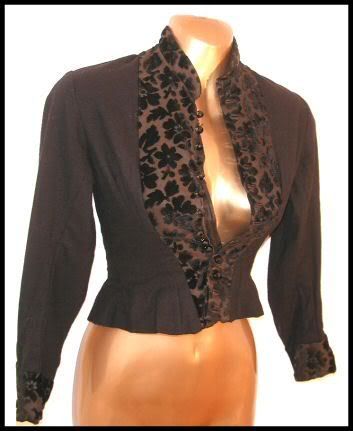
Lady's tailored jacket, Victorian Era Circa 1880-1900
This black wool and devore velvet jacket is an example of the fine tailoring that was done at the turn of the century in garment construction.
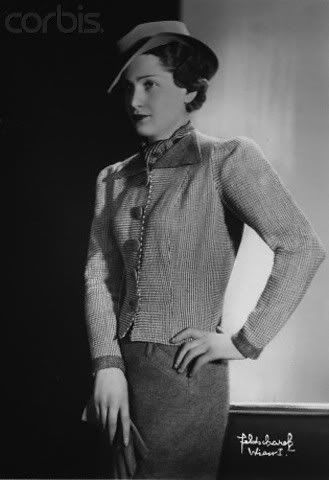
Black & white checked jacket, 1935
A classic tailored lady's suit from the 1930s. Garments became more form fitting rather than the waistless garments of the 20s.

A scene from the move, Lust & Caution. A Chinese woman wearing a tailored dress in the 1950s. This particular dress shows the fusion of Chinese tradition with modern styles.
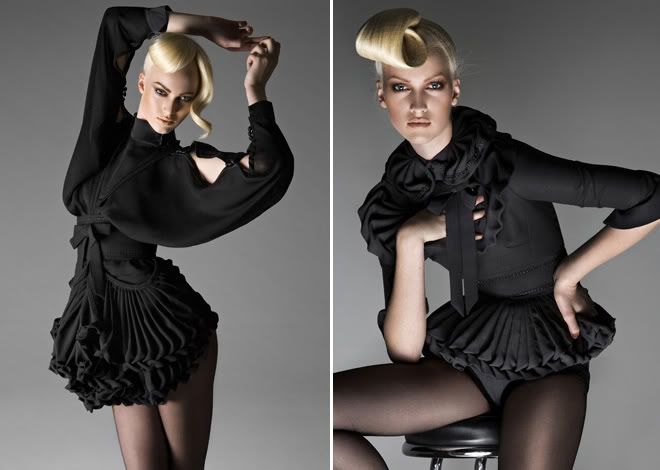
Two tailored garments from Helena Horstedt's No. 3 Collection, Fall 2007
These two exquisite tailored pieces speak for themselves. The pleating and the constructional details show the true art of tailoring at its finest.






















